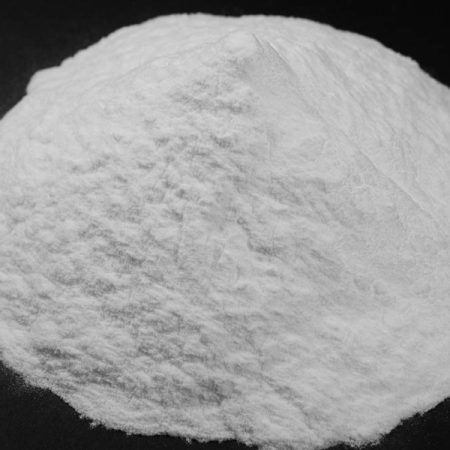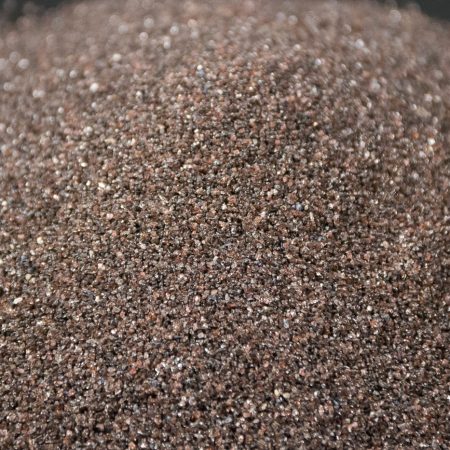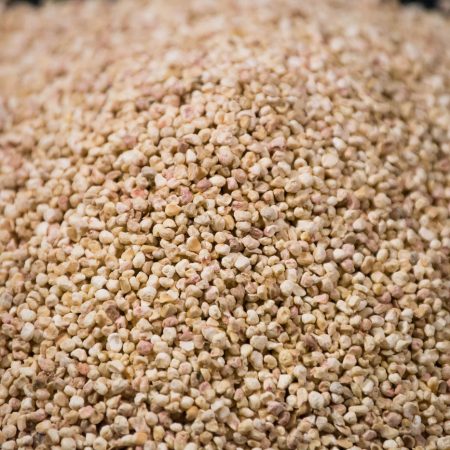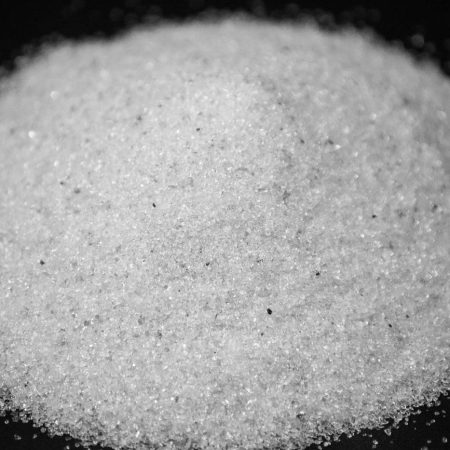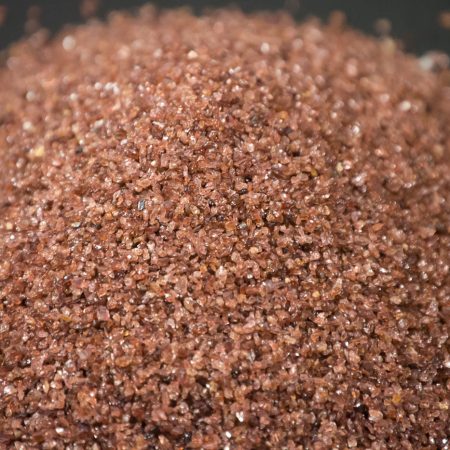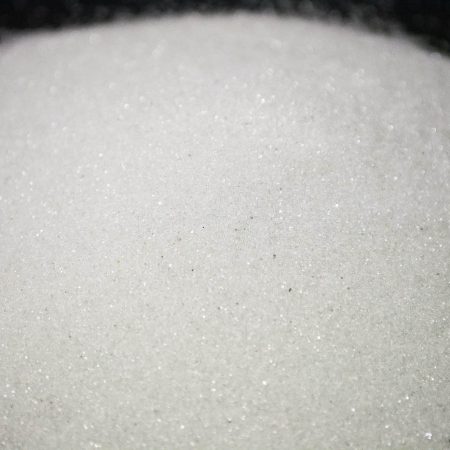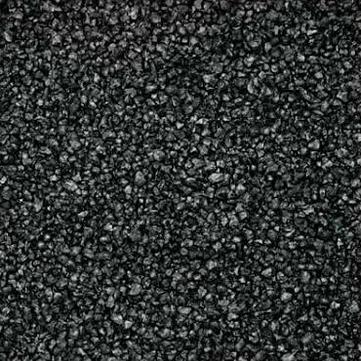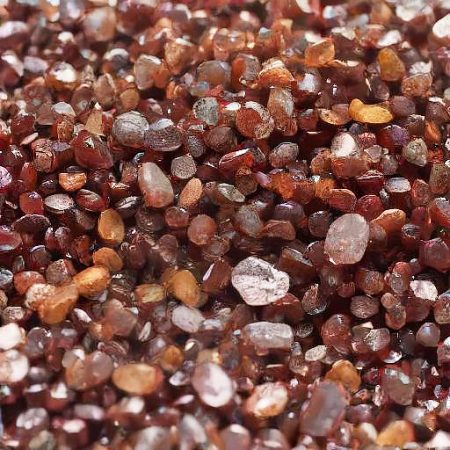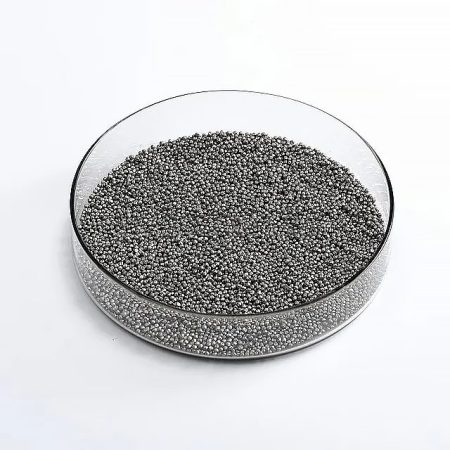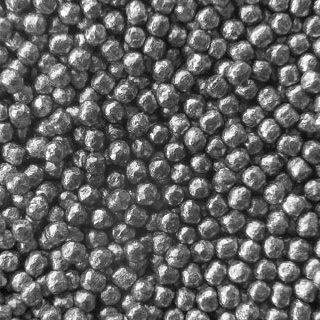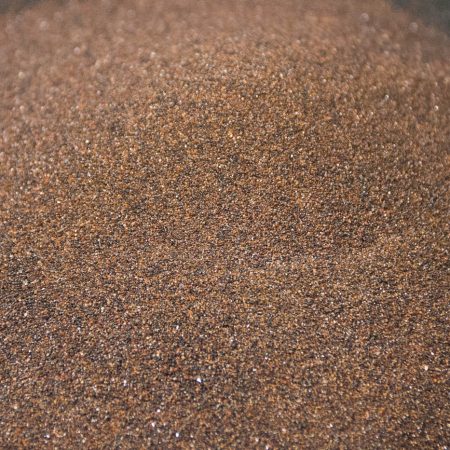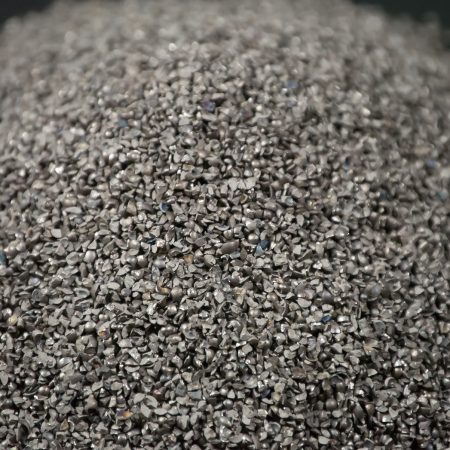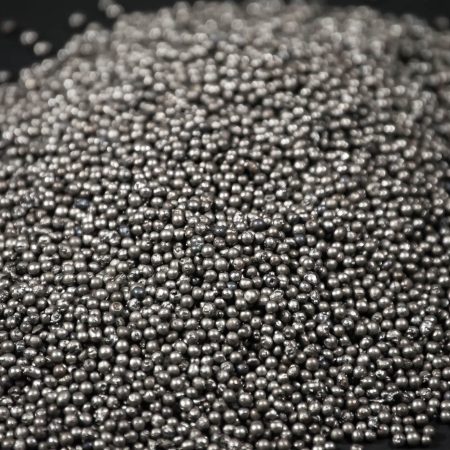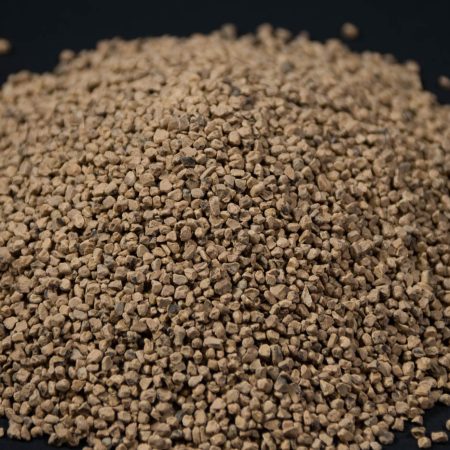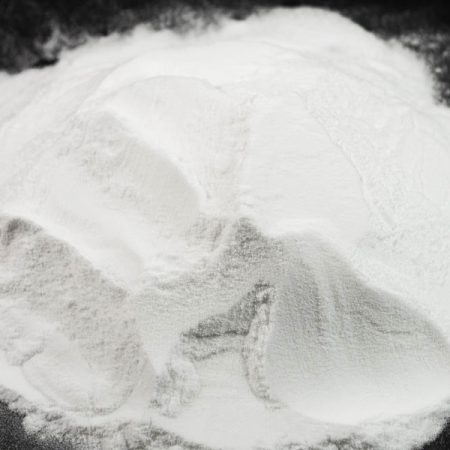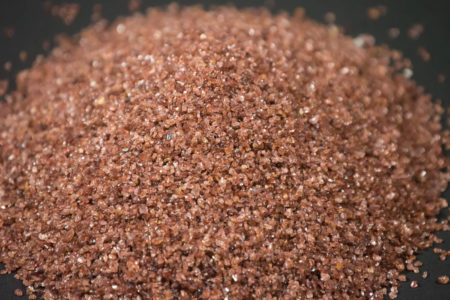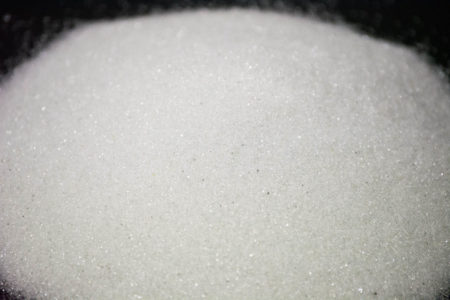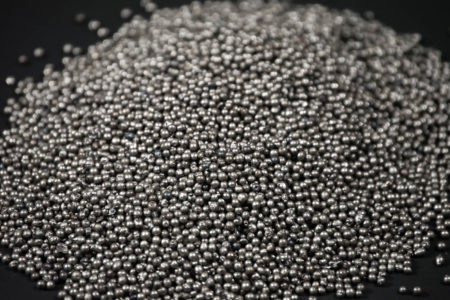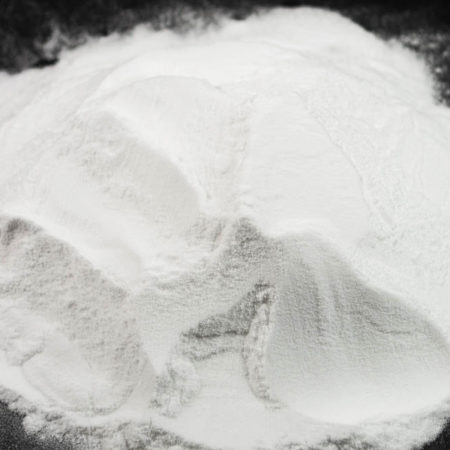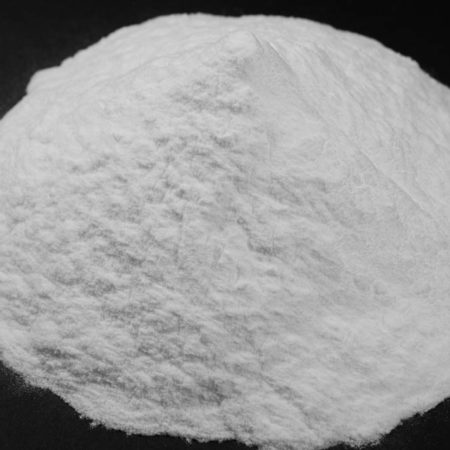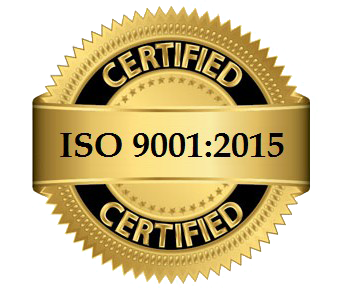5 Best Sandblasting Sand
When you are looking for sandblasting sand, there is a wide range of materials that can be used for abrasive blasting. In order to select the appropriate blasting media for you, it is important to understand your options and their uses in sandblasting. N.T. Ruddock offers many blasting materials. We have several blasting sand options from extra fine to coarse. Shipping is available for all your abrasive blasting media.
Garnet – Blasting Media
Garnet is a more abrasive blasting media that can be used in sandblasting. It is an environmentally friendly alternative to many other blasting medias. Made from Andradite or Almandine deposits, garnet comes in a variety of sizes for use. It is also available either with smooth or rough edges, which changes the finish when used. Garnet is a low-dust media that is safe to use near water. It is effective for use with fiberglass, aluminum, dry docks and many other materials and situations. Garnet is effective for:
- Preparing for industrial coating
- Cleaning
- Polishing
Many also find that garnet is effective in sandblasting because time is saved with this media, which cuts more precisely and deeper than other sand blasting sand medias.
Glass Bead – Blasting Media
Glass beads are frequently used as blasting media and have a number of uses in sandblasting. This material can be used for:
- Deburring
- Cleaning
- Peening
- Finishing
- Brightening
- Preparing surfaces for coating
- Removing cosmetic flaws
Glass beads can be used on many materials from stainless steel to plastic and many other materials in between. Along with this flexibility, there are many benefits to using glass beads as blasting media in sandblasting. They are less abrasive than other materials, leave no embedded residue, and are environmentally safe, among other benefits. Glass beads work well on fabricated parts, castings, pipe fittings, structural steel, and decorative parts, among other things.
Steel Shot – Blasting Media
steel shot is widely used for improving, stripping and cleaning metal surfaces. It is the type of steel shot used that determines the finish after its application during sandblasting. The smaller the steel shot, the smoother the surface after application. Most commonly, steel shot is used for:
- Cleaning
- Polishing
- Preparing surfaces for coating
- Shot peening
There are a number of benefits in the use of steel shot for sandblasting. Steel shot is very durable for use in sandblasting application and has a high ability to be recycled. Since the media is spherical in shape, it is an effective media for finishing and preparing for coatings. Steel shot also has very low dusting. In addition, steel shot can be used in both wheel blasting and pneumatic (air) blasting.
White Aluminum Oxide (ALOX) – Abrasive
While Aluminum Oxide is a very pure sandblasting abrasive. For this reason, it is being used more frequently for high-performance microdermabrasion sandblasting equipment. Aluminum oxide can be recycled many times in use and is very cost-effective, making it widely used as a sandblasting media. It is also widely used because it is safer to use than sand and its consistent size makes its finish smoother. In addition, because it is harder than other materials, it is attractive for its ability to cut deeper into surfaces more effectively. This abrasive is effective for:
- Turbine blades
- Valves
- Pistons
- Engine heads
It is used quite often in both the automotive and aircraft industries. It is also an effective media when preparing a surface for coating, such as in the case of painting.
Baking Soda (Bi-carb) – Abrasive
Baking soda, also known as sodium bicarbonate, is a popular choice for air blasting when it is necessary to keep the surface from being etched or scratched and containment removal is necessary. Despite the many benefits of using baking soda as an abrasive, there are considerations, as well. Baking soda cannot be recycled; it is a one-time-use media. In addition, this abrasive absorbs moisture. Therefore, the air must be clean and dry in order for the baking soda to work properly. Baking soda is effective for:
- Fire damage and restoration
- Paint, coating and graffiti removal
- Mold removal and remediation
- Mold and die cleaning
One advantage of using baking soda as an abrasive is that it can be used with parts that have a film of grease, oil or moisture on them.
Whether you are looking for sodium bicarbonate or glass beads for blasting, N.T. Ruddock offers a wide range of blasting sand options to meet your blasting media needs. If you have questions about what media is best for your needs, contact us today and we can help ensure you have the materials best for your project.


